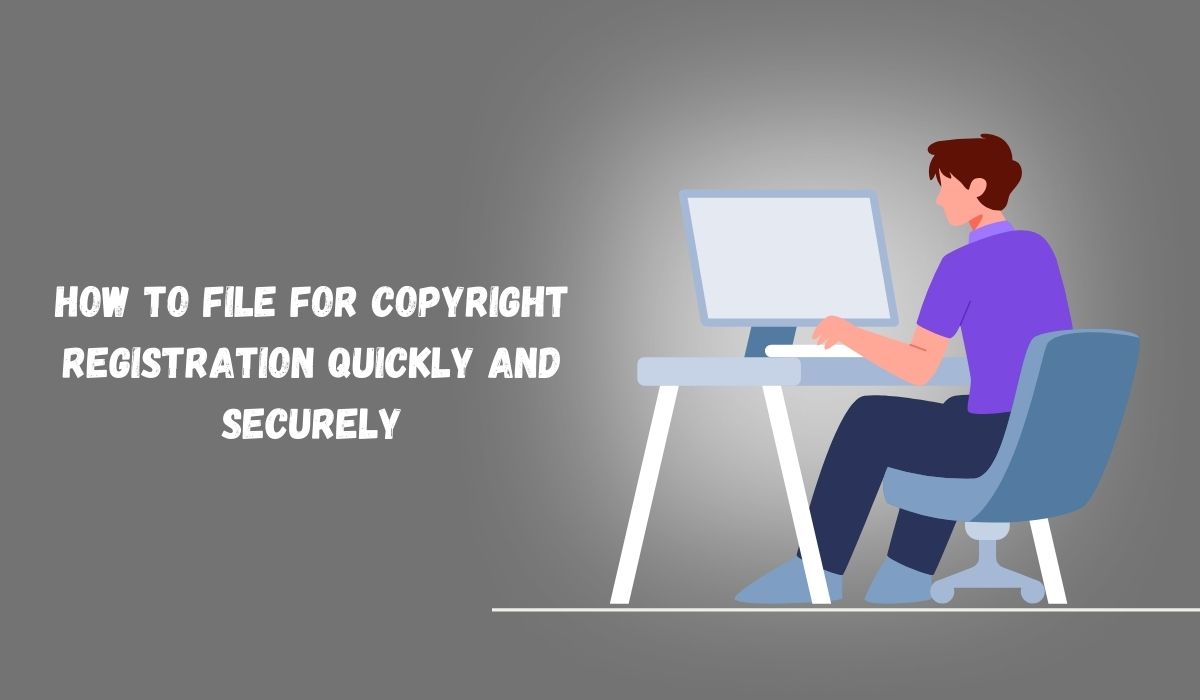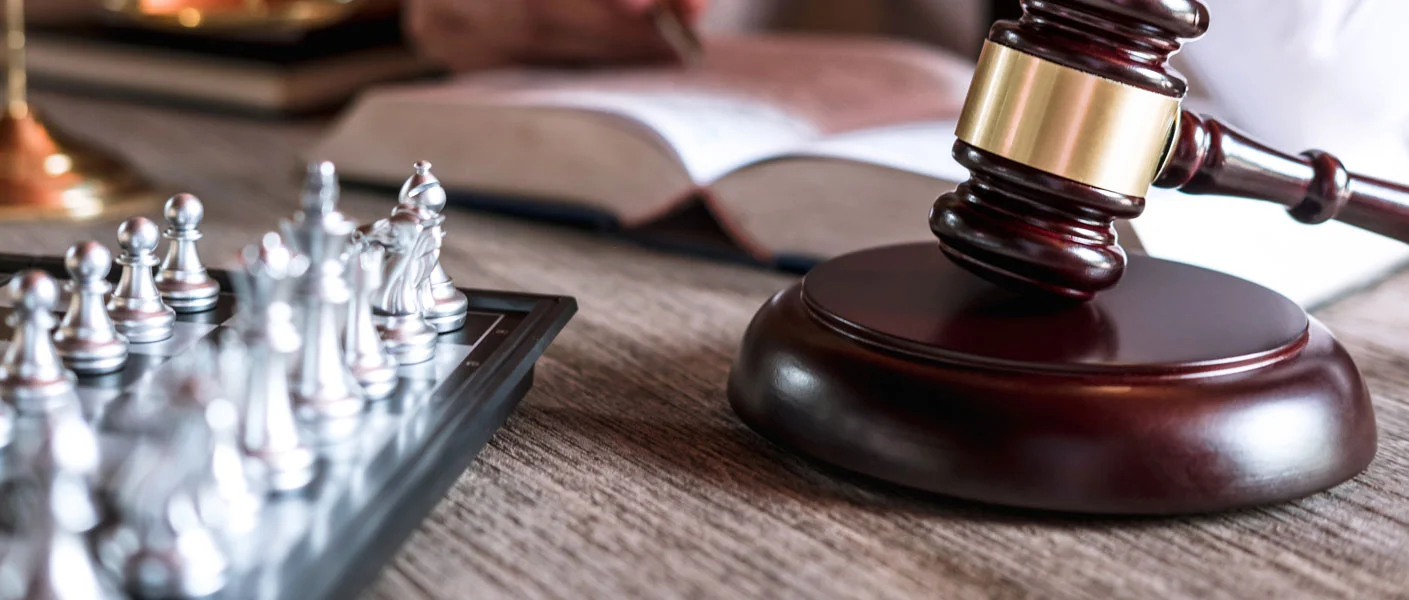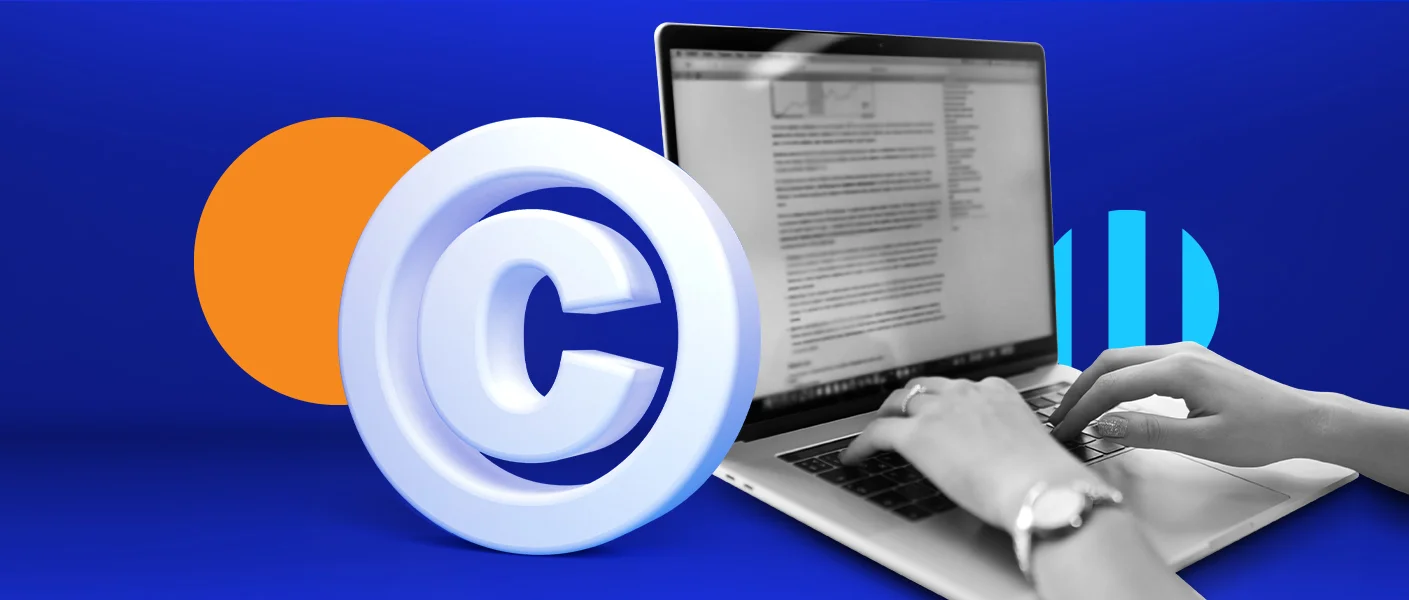How to File for Copyright Registration Quickly and Securely
September 23, 2025 By Dinesh ParmarProtecting your creative works is essential in today’s digital and competitive environment. Whether you are an author, artist, musician, or software developer, securing legal recognition of your creations ensures that your intellectual property remains protected against unauthorized use or infringement. A reliable copyright registration service can simplify the process, making it more efficient and less stressful. These services guide creators through the necessary steps, helping them prepare documentation, meet legal requirements, and submit their work correctly to avoid delays or errors.
Copyright safeguards a broad spectrum of works, including literary pieces, visual arts, music, software, and audiovisual content. Proper registration not only offers legal protection but also strengthens your ability to enforce rights if infringement occurs. With professional support, creators can focus on producing new content while confidently securing their existing works. In addition, formal registration establishes a clear record of ownership, which can be critical in disputes or commercial agreements, including licensing or collaborations.
Step-by-Step Guide to Filing
Filing for protection requires careful attention to detail. Understanding each phase of the process ensures timely and secure registration.
- Document Your Work: Begin by compiling all drafts, final versions, and supporting materials. Include creation dates and any relevant descriptions to clearly define the scope of protection.
- Choose the Right Category: Depending on the nature of the work—literary, musical, software, or artistic—it is essential to select the correct classification. Accurate categorization prevents processing delays and ensures comprehensive coverage.
- Professional Assistance: Consulting a copyright registration lawyer can help navigate legal complexities. Legal experts provide guidance on documentation, compliance, and potential disputes, ensuring your application is robust.
- Submit the Application: After preparation, the completed application is submitted to the designated government office, either online or in person. Accurate submission is key to a smooth process.
- Receive Confirmation: Once reviewed, a certificate of registration is issued, establishing official ownership and legal protection.
Engaging professional guidance streamlines the filing process and reduces the risk of common mistakes. Experts can also advise on derivative works, licensing options, and international protection, which is increasingly important for digital and online content.
Timeliness is another critical factor. Delays in registration can affect the ability to enforce rights in case of infringement. Efficient filing ensures that creators are protected as soon as possible, while also providing a reliable record of ownership.
Understanding the legal requirements and documentation needed is especially valuable for businesses and independent creators seeking to commercialize their works. Proper filing strengthens credibility with clients, investors, and collaborators, demonstrating that intellectual property is secured and enforceable.
It is essential to have a copyright registration lawyer review the application. Lawyers can identify missing elements, ensure compliance with current regulations, and provide advice on how to protect works in multiple jurisdictions. Their involvement minimizes errors that could lead to application rejection or delays, making the registration process both quicker and more secure.
Monitoring and Managing Your Registration
After submission, keeping track of your application is crucial. Regular monitoring helps you respond to any queries or additional requirements promptly.
- Check Application Progress: Many government portals allow online tracking of submissions. Timely follow-ups help prevent administrative delays.
- Maintain Documentation: Keep records of all correspondence, receipts, and certificates related to the filing. Proper record-keeping simplifies future claims or disputes.
- Renewals and Updates: Some works may require updates or renewals to maintain protection. Understanding these requirements ensures ongoing security.
- Dispute Management: If any challenges arise, having detailed documentation and legal support facilitates faster resolution.
Being proactive in monitoring your filing helps prevent unnecessary delays and ensures that your rights are recognized without issues. Knowing the copyright registration status of your work allows you to plan for licensing, collaborations, or public release with confidence.
For creators managing multiple works, having a system for tracking applications and approvals is invaluable. Online tools and platforms often provide dashboards to manage submissions, view progress, and receive notifications about important updates. These solutions reduce administrative burdens and allow creators to focus on producing new content while maintaining legal protection for existing works.
Additionally, awareness of international copyright treaties and agreements can expand the protection of your work beyond domestic borders. For content distributed online or through global channels, understanding how to secure rights internationally ensures that your creative assets are protected against infringement in multiple regions.
Conclusion
Filing for protection efficiently and securely requires careful preparation, professional guidance, and proactive monitoring. From initial documentation to legal review and tracking of approval, each step is critical to ensuring robust protection for your work. Utilizing expert support from Parker & Parker facilitates a smooth and secure process, making it easier for creators to focus on innovation and creative output. For those looking to safeguard their intellectual property with minimal risk, opting for online copyright registration offers convenience, speed, and reliability, providing peace of mind while maintaining full control over your creative assets.





